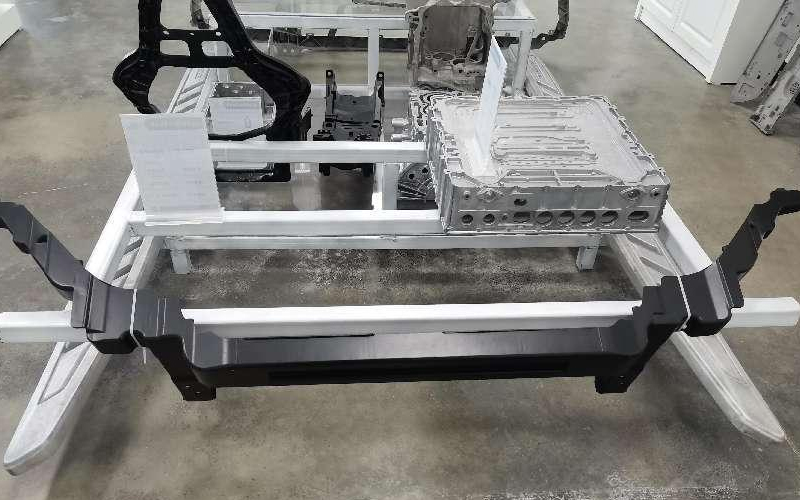Prototyping is an essential step in the product development process, allowing for the testing and validation of designs before mass production. Aluminum is a popular material choice for prototypes due to its strength, durability, and versatility. In this article, we will discuss the steps involved in creating an aluminum prototype and the benefits it provides.
Step 1: Design
The first step in creating an aluminum prototype is to design it using computer-aided design (CAD) software. The software allows designers to create 3D models of the product, which can be adjusted and optimized before production. Once the design is finalized, it can be converted into a digital file format that is compatible with the manufacturing process.
Step 2: CAM Programming
The next step is to create a computer-aided manufacturing (CAM) program to control the machinery that will create the prototype. The program converts the digital design into machine code, which instructs the equipment on how to cut and shape the aluminum material.
Step 3: Material Selection
Choosing the right aluminum material for the prototype is crucial. Factors such as strength, weight, and cost must be considered. There are several types of aluminum alloys available, each with unique properties. The most common alloys used in prototyping are 6061 and 7075, which are known for their strength and machinability.
Step 4: Machining
Once the CAM program and material are selected, the machining process can begin. CNC machines are often used in aluminum prototyping due to their precision and efficiency. The machine cuts away excess material based on the digital design, shaping the aluminum into the desired form. The prototype is then inspected for accuracy and to ensure it meets the design specifications.
Benefits of Aluminum Prototyping
1. Cost-Effective
Creating an aluminum prototype can be more cost-effective than traditional manufacturing methods such as injection molding. The use of CNC machines allows for precise and efficient production, reducing the amount of material wasted during the manufacturing process.
2. Faster Turnaround Time
Aluminum prototyping can be completed in a shorter amount of time than traditional manufacturing methods. The use of CAD software and CNC machines allows for quick adjustments and modifications to the design. This means that the prototype can be tested and validated in a shorter amount of time, resulting in faster product development.
3. Durable and Lightweight
Aluminum is a lightweight and durable material, making it an ideal choice for prototyping. The material can withstand high stress and strain, making it suitable for a variety of applications. The strength and durability of aluminum prototypes mean they can be used for testing in real-world conditions.

4. Versatile
Aluminum prototyping allows for the creation of complex shapes and designs. The material can be cut and shaped with precision, allowing designers to create intricate parts and components. This versatility makes aluminum prototyping suitable for a wide range of products and industries.
Abschluss
Creating an aluminum prototype is an essential step in the product development process. It allows for the testing and validation of designs before mass production, reducing the risk of costly mistakes. The use of CAD software and CNC machines allows for quick and efficient production, resulting in faster product development. Aluminum prototyping is a cost-effective, durable, and versatile option for product development, making it an ideal choice for many industries.
-

- Ultraleichte Federgabel für MTB
-

- OEM-Rahmen aus Hochdruckguss-Magnesiumlegierung für Fahrräder
-

- OEM-Druckgusskomponenten für Automobil-Sitzrahmen
-

- Maßgeschneiderte Metallteile für das Macbook-Mittelbrett hergestellt
-

- Druckguss-Elektrofahrzeug-Mittelmotorgehäuse aus Magnesiumlegierung
-

- Magnesiumlegierung Thixomolding-Power-Batter-Gehäuse

 0086-750-5616188
0086-750-5616188 +86 13392089688
+86 13392089688 sales@zhongmei-tech.com
sales@zhongmei-tech.com







